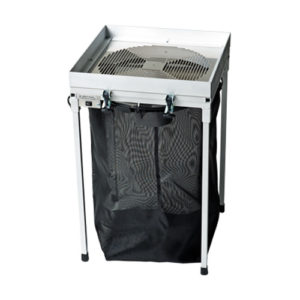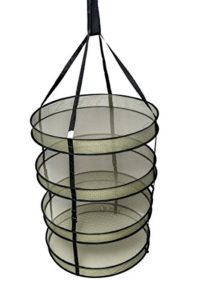The acid pH in the water is usually a very common problem for most of growers. Since although pH 7 is considered neutral (neither acid nor alkaline), it is not the optimal pH for irrigation waters in indoor or outdoor crops. The recommended pH range of irrigation water for cultivation depends on the variety to be planted. In general, the correct pH for irrigation ranges from 5.2 to 6.8. If the pH of your water is higher, then you may need to treated it before using it in the crop. pH is the measure of the hydrogen ion concentration of a solution (how acidic or alkaline it is) and varies from 0 (the most acidic value) to 14 (the alkaline value). In most places the tap water contains substantial amounts of calcium (Ca) that gives it its characteristic hardness. These calcium levels can cause several problems, which can be relieved by performing some kind of pre-treatment of water.
WATER SOFTENING
There are several methods to soften the water and the safest is by using a reverse osmosis system, which completely eliminates calcium and bicarbonate. For horticulture, calcium bicarbonate is best neutralized by adding small amounts of concentrated acid to the water. Reverse osmosis neither changes nor alters the pH, this will remain the same although, it will lower the EC eliminating most sediments and above all, removing chlorine from the water.
CONSEQUENCES OF WATERING WITH AN ACID PH
- The availability of micronutrients such as iron (Fe), manganese (Mn), zinc (Zn), copper (Cu) and boron (B), and plant growth, can be drastically reduced using an acid pH value.
- An acid pH in the water can cause that the salts that fertilizers contain and that are used to fill the storage tanks, precipitate (crystalyze)
- Water with an acid pH can also reduce the effectiveness of insecticides. Since most of them keep their properties active for longer in solutions with a low pH.
- Much of the available calcium does so in the form of calcium bicarbonate, which can be precipitated both at the bottom of the tanks, different parts of the plant (trunk, roots, foliage), different tools (pots, trays, scissors) and accessories (humidifiers).
- A continuous use of hard water for irrigation can also lead to a build-up of lime in the substrate. This is a problem of many long-season greenhouses where the accumulation of irrigation, leads to a high pH accumulation in the soil.
- Many species of nurseries are sensitive to lime and pH accumulation in the soil and can be very harmful.
- Using acid water in humidifiers can cause a white layer to appear on the leaf surfaces, reducing photosynthesis.
- It is also very typical to block pipes and nozzles in automatic and hydroponic irrigation systems.
ALKANILITY
Alkalinity is the ability of water to neutralize acids. Dissolved bicarbonates such as calcium bicarbonate, sodium bicarbonate and magnesium bicarbonate, along with carbonates such as calcium carbonate, are the main contributors to alkalinity in irrigation water. Most laboratories assume that total carbonates (TC) are equal to alkalinity, but in fact in most waters, bicarbonates account for more than 90% of all alkalinity present. To be sure, it is best to perform a water analysis and see if the total of carbonates that are displayed in percentages or in number figures for each element.
ACIDIFICATION OF THE WATER
Adding the right amount of acid will reduce the pH of the water. If you’re in an area with hard water and decide to acidify the water, you may need to decrease the amount of calcium in your crop mix to match the new alkalinity levels. If your pH drops, you may need to increase your calcium content.
Concentrated nitric acid (60%) also provides some nitrogen (N). For every 100 ml of concentrated nitric acid added to 1.000 l of water, 22 mg/l of nitrogen is being supplied. From a series of hard water samples analyzed, it was found that the amount of acid required varies between 50 ml and 200 ml of concentrated nitric acid per 1.000 l of water supply.
Therefore, it is essential to accurately assess the amount of acid needed in each case. If a small amount of acid is added above what is required, the pH of the water will become very acidic. The amount of acid required is best evaluated by the evaluation process. Using the graph as an example, a water sample containing 100mg/l of calcium requires 275 ml of concentrated nitric acid to bring pH to 5.9.
NUTRIENTS FROM ACIDS
Apart from citric acid, some acids used for water acidification also supply nutrients in combination with hydrogen. The nutrients supplied may be beneficial for plant growth (whenever it is not realized in excess) but it also can react with the salts contained in fertilizers with a high concentration or with pesticides, if they are mixed in spray solutions.
Also, you’ll need to adjust the nutrient plan if your water is being acidified. For example, if phosphoric acid is to be used, reduce phosphorus (P) levels. If the result is a very high alkalinity in the water, it is not feasible to acidify with phosphoric acid.
If you use nitric acid, consider the additional nitrogen supplied from the acid. The use of nitric acid (67%) to acidify a water containing 6,0 mS/l of alkalinity would supply 67mg/l of nitrogen in each irrigation.
Citric acid is ideal as an acidifier for nutrient solutions and pesticide solutions because it is much less likely to react with salts or pesticides than the other three acids. Although is much safer to use, its cost may make it less desirable for large growing surfaces.
 HEALTH AND SAFETY
HEALTH AND SAFETY
Concentrated acids are dangerous chemicals and should always be handled with care. Staff who work with them must be adequately trained, have all the necessary personal protective equipment and work ideally in pairs. Respirators and facial masks are recommended as fumes and vapor can be a real health hazard. Acid manufacturers provide on labels the safety data sheets for their products. Therefore, people who will use it should become familiar with the details of each and everyone of them.
Always add acid to water, not water to acid. Acidified water is corrosive and can devour the metal components of your irrigation system in the blink of an eye.

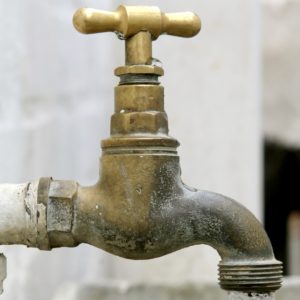




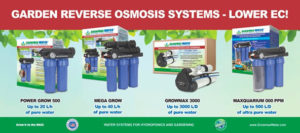
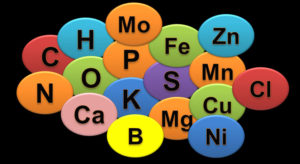


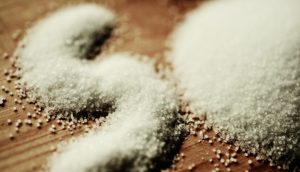
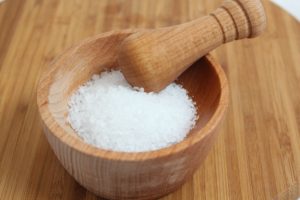


 Native orchids in the humid tropics, such as phalaenopsis and paphiopedilum, prefer daytime temperatures of 20°C to 30°C, with 80 to 90 percent humidity. They are happier in a window located to east or southeast where the light is not too intense.
Native orchids in the humid tropics, such as phalaenopsis and paphiopedilum, prefer daytime temperatures of 20°C to 30°C, with 80 to 90 percent humidity. They are happier in a window located to east or southeast where the light is not too intense.






